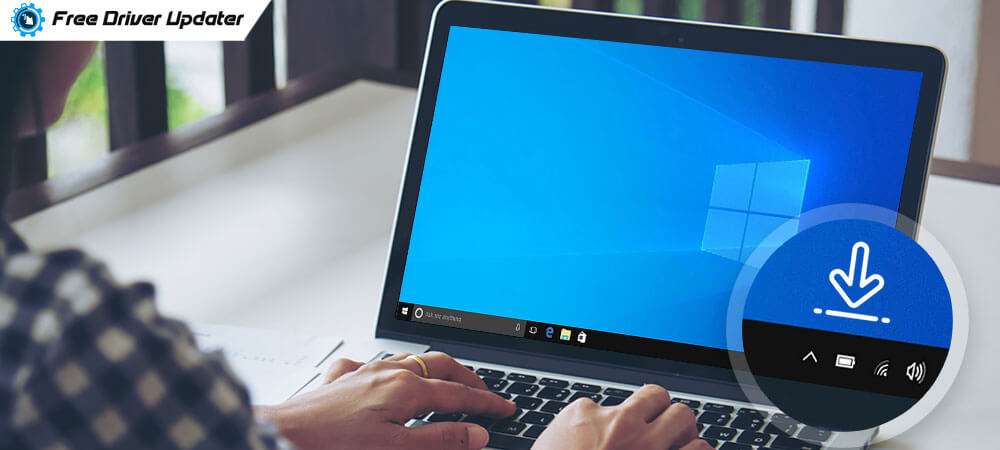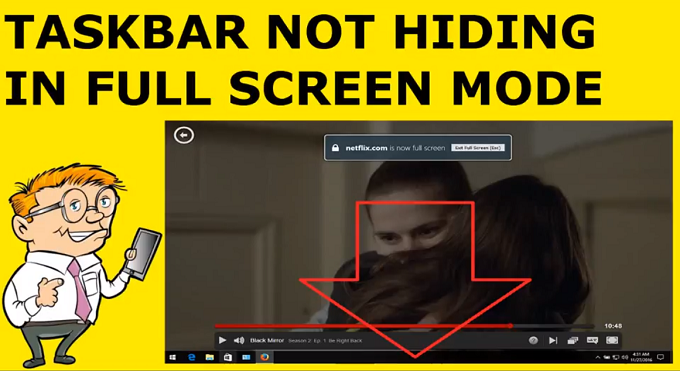

Make sure that the “Auto-hide the taskbar” option is enabled.

If you’re using Windows 8, 7, or Vista, you’ll see the “Taskbar and Start Menu Properties” window instead. If you’re using a tablet-or tablet mode on a touchscreen monitor-you can also decide if you want the corresponding tablet mode option enabled as well. Make sure that the “Automatically hide the taskbar in desktop mode” option is enabled. In Windows 10, this brings up the “Taskbar” page of the Settings app. Just to make sure we’re on the same page, right-click your Taskbar and choose “Settings” from the context menu (or “Properties” if you’re using Windows 8 or 7). Verify Your Taskbar Settings (and Restart Explorer) You can usually fix the problem by restarting the problem application, or clicking on the icon to trigger whatever the hidden notification was. This problem is even worse when combined with Windows’ ability to hide system tray icons. It’ll trigger a notification in Windows to keep the taskbar open, but won’t display anything visible for you to close. In some cases, though, an app just isn’t written quite right. RELATED: How to Use and Configure the New Notification Center in Windows 10įor the most part, these issues are by design, and are straightforward to solve-either give the app the attention it wants, or configure it to stop asking for your attention. This scenario doesn’t really happen in Windows 10 because notifications go away on their own and you can view them later in Action Center. These are obviously easy to close as well, or you can customize the notifications to not display. This often causes the taskbar to stay visible until you dismiss the message. The second case happens mostly in Windows 8 and earlier versions when a notification balloon pops up. For example, the Slack app displays a small red dot on its regular icon to let you know when you’ve received a new message. The first is when you have a badge on the icon-or an actual icon change-indicating the app needs your attention. In this case, you can simply click that taskbar button to let the app know you’ve seen what it needs you to see and the taskbar will hide again.įor background apps that have an icon in the system tray, two separate actions can cause your taskbar to stick around.

For example, the Skype app will flash its taskbar button when you receive a new call.

For regular apps, this usually means the app’s taskbar button starts flashing at you. When you’re using the auto-hide feature for the Windows taskbar, it will stay hidden until an application needs your attention. What Causes the Taskbar to Not Auto-Hide?


 0 kommentar(er)
0 kommentar(er)
